Where children once played, deer now graze peacefully among rusted swing sets. Empty fountains have transformed into thriving wetland ecosystems, while overgrown pathways serve as natural corridors for urban wildlife. These abandoned parks demonstrate nature’s remarkable ability to transform human recreational spaces into wild sanctuaries.
Here are 20 remarkable places where wildlife has reclaimed former playgrounds and parks, creating unexpected urban wilderness.
Pripyat Amusement Park, Ukraine
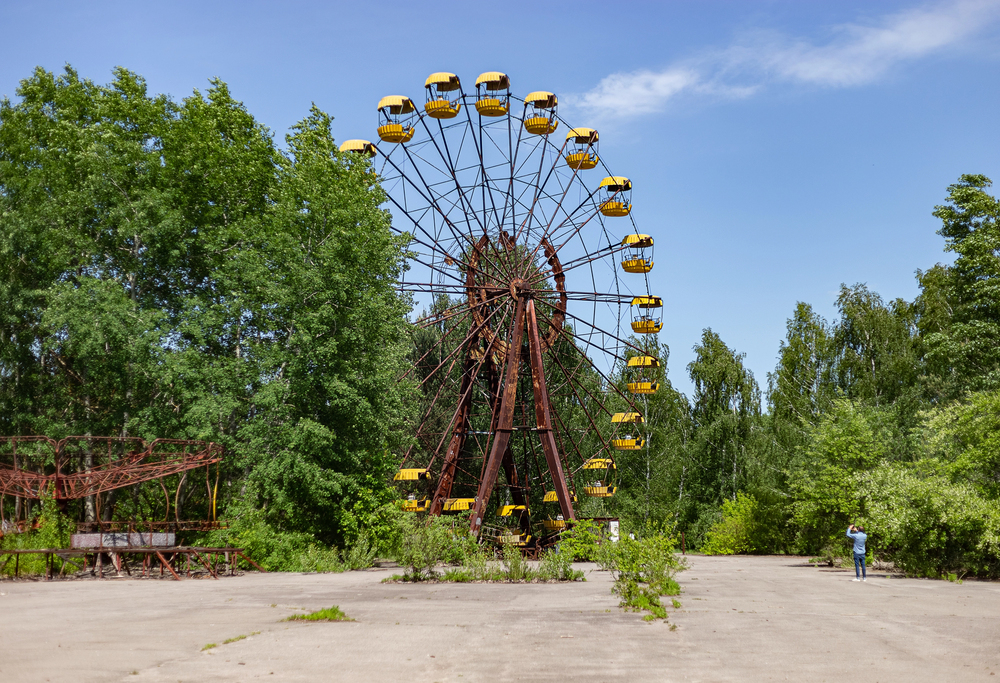
The infamous never-opened amusement park now serves as a haunting sanctuary for local wildlife, with wolves and wild boars regularly traversing its empty paths. The Ferris wheel has become a favorite nesting site for birds of prey, while dense vegetation creates cover for smaller mammals throughout the grounds.
Decades without human presence have allowed natural succession to transform the site into a unique ecosystem where mechanical structures serve as wildlife habitat. The park’s isolation within the Chornobyl Exclusion Zone has created an unintended experiment in urban rewilding.
Lake Dolores Waterpark, California
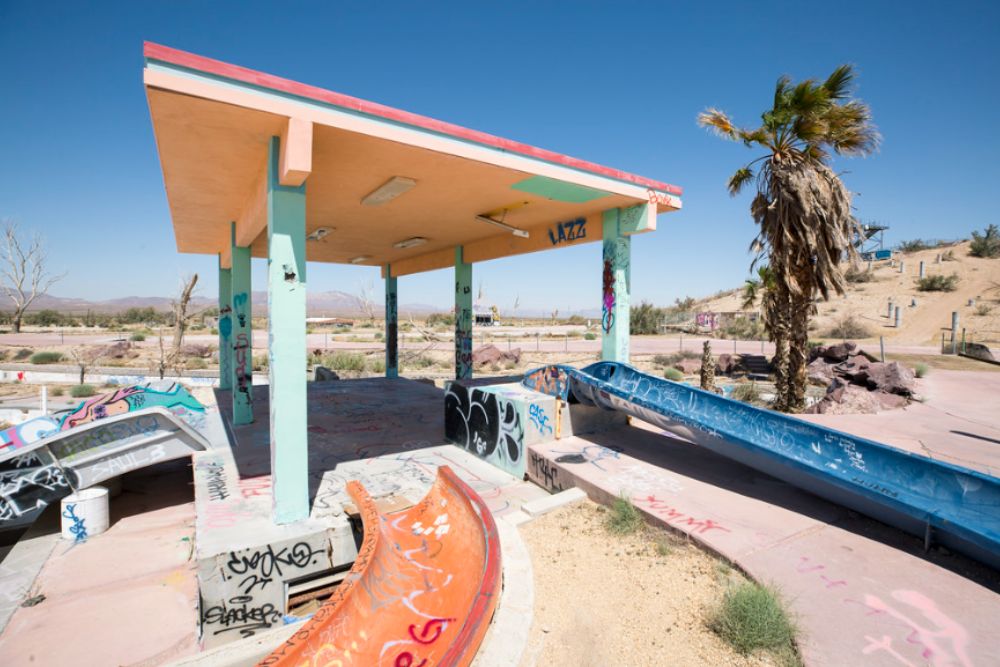
This abandoned water park in the Mojave Desert has become a surprising oasis for desert wildlife. Former water slides now serve as shelter for various reptile species, while empty pools collect rainwater, creating temporary wetlands for migrating birds.
Desert plants have colonized every available surface, transforming concrete structures into living habitats. The contrast between faded waterpark murals and thriving desert ecosystems creates a striking example of natural reclamation.
Like Travel Pug’s content? Follow us on MSN.
Rocky Springs Amusement Park, Pennsylvania
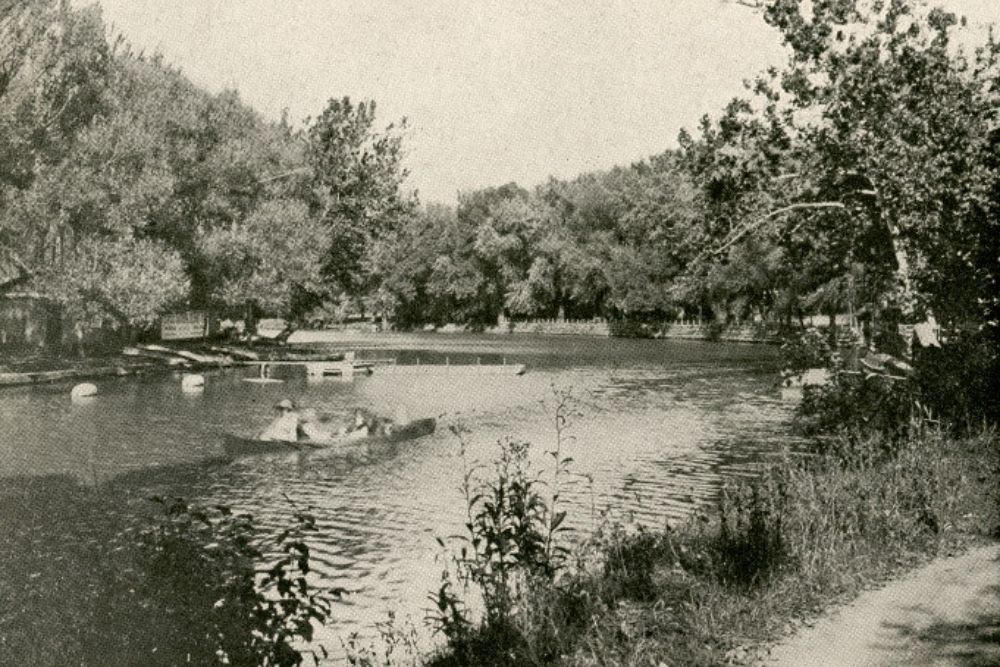
A dense forest has completely engulfed this former amusement park, creating a unique woodland ecosystem where rides once operated. White-tailed deer and wild turkeys now occupy former picnic areas, while abandoned structures provide crucial bat habitat.
Native understory plants have created natural corridors through the property, connecting previously fragmented forest sections. The park’s transformation demonstrates how quickly eastern woodlands can reclaim developed areas.
Wonderland Amusement Park, Beijing

Half-constructed fantasy castles now serve as nesting sites for numerous bird species in this never-completed theme park. Local wildlife uses the partially built structures as shelter, while native plants create dense cover throughout the grounds.
Seasonal wetlands have formed in former construction sites, attracting amphibians and waterfowl. The unfinished park demonstrates how even partially built structures can support thriving ecosystems.
Spreepark, Berlin
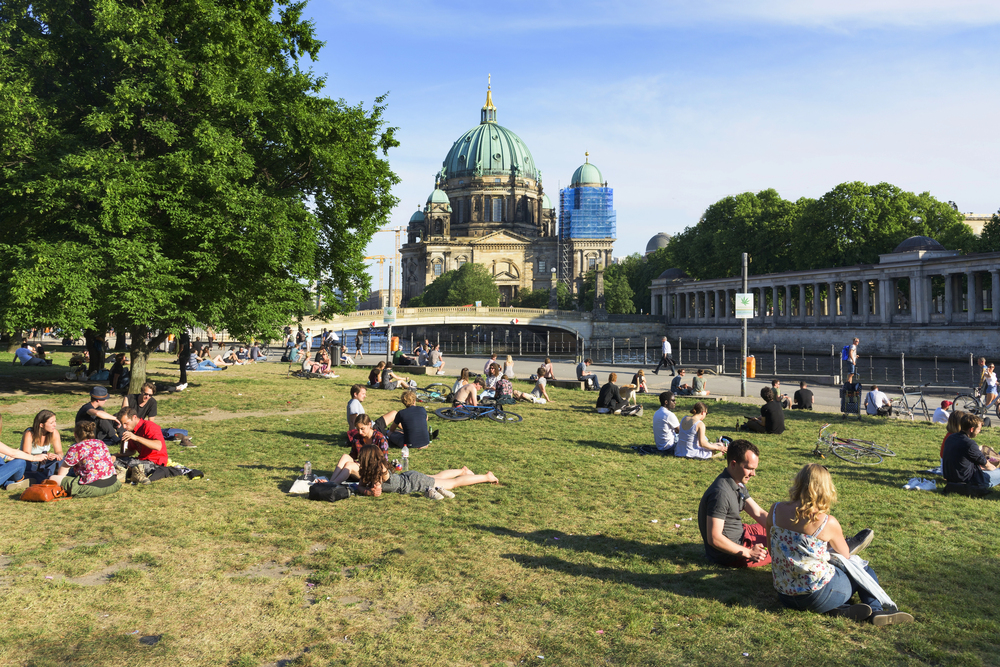
This abandoned East German amusement park has become a crucial urban wildlife corridor along the Spree River. Former ride platforms serve as elevated gardens supporting native plant species and providing habitat for small mammals.
The park’s location near the river has attracted numerous water birds, creating an important urban wetland habitat. Dense vegetation now conceals most human structures, creating a natural appearance that belies the site’s history.
Like Travel Pug’s content? Follow us on MSN.
Chippewa Lake Park, Ohio
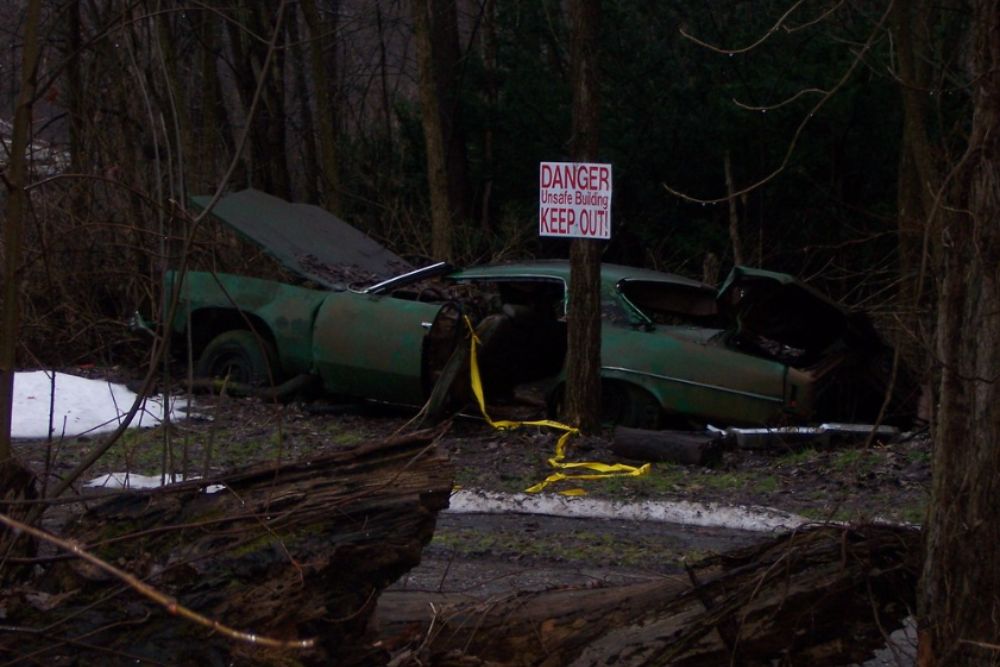
Local wildlife has transformed this former amusement park into a thriving woodland ecosystem. Abandoned rides provide a unique vertical habitat for climbing animals and nesting birds, while overgrown pathways serve as natural wildlife corridors.
The park’s location near water sources has attracted diverse species, creating a complex ecosystem. Native plants have colonized every available surface, creating natural camouflage for former park structures.
Lincoln Park, Massachusetts
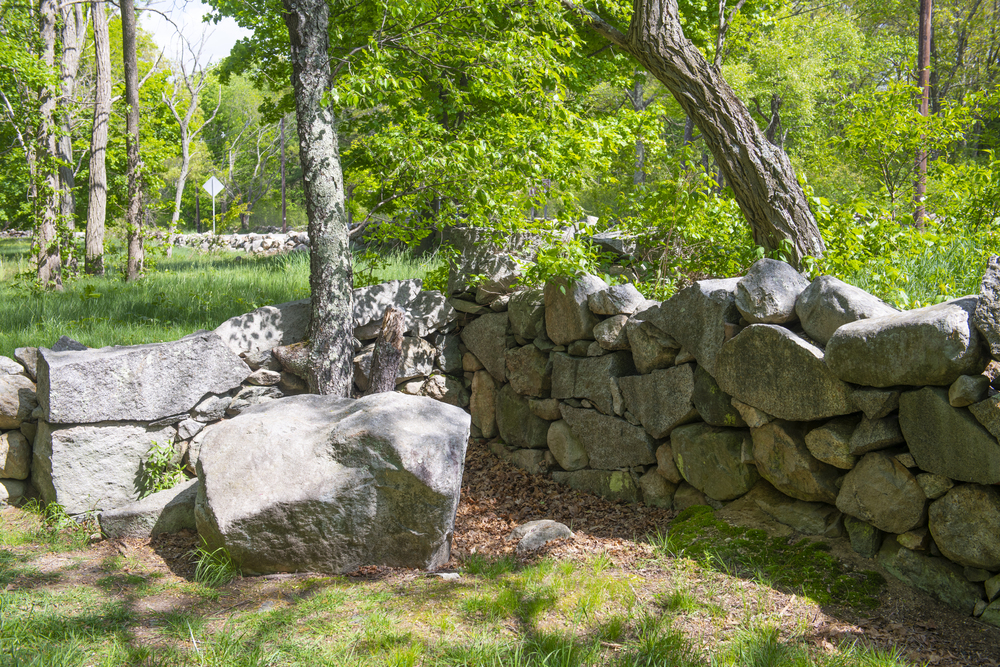
This coastal amusement park has evolved into an important wildlife sanctuary along migration routes. Former structures now support numerous seabird nesting colonies, while overgrown areas provide cover for small mammals.
The park’s proximity to the ocean has created unique brackish wetlands in former developed areas. Local conservation efforts now focus on preserving this accidental wildlife haven.
Playland Park, Texas

The Texas heat and local plant species have transformed this abandoned amusement park into a unique desert ecosystem. Former concrete structures now support thriving communities of native cacti and desert plants, creating microhabitats for small wildlife.
Natural springs have created unexpected oases in former mechanical areas, attracting diverse species. The park demonstrates how arid environments can reclaim urban spaces.
Like Travel Pug’s content? Follow us on MSN.
Jungle Habitat, New Jersey
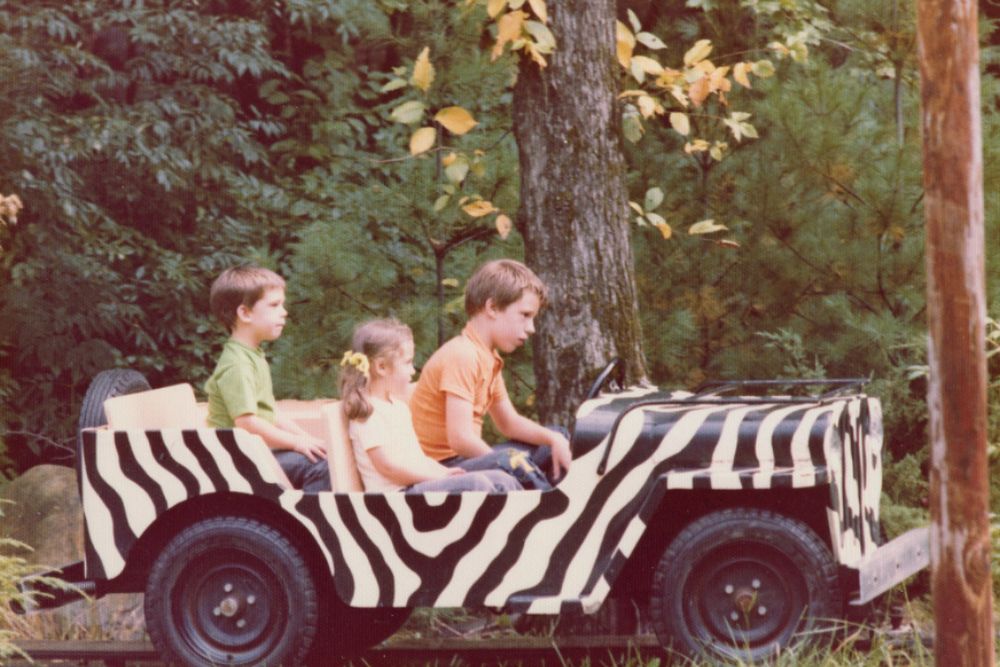
This former Warner Bros. wildlife park has come full circle, now hosting natural wildlife rather than captive species. Dense forest cover has reclaimed former animal enclosures, creating a natural habitat for local species.
The abandoned infrastructure provides unique opportunities for wildlife adaptation to human structures. Former pathways now serve as natural corridors through increasingly wild forests.
Heritage USA, South Carolina

Southern vegetation has completely transformed this abandoned Christian theme park into a wildlife sanctuary. Kudzu and other climbing plants create dense canopies over former structures, providing excellent wildlife habitat.
Natural succession has created diverse ecosystems throughout the property, supporting numerous species. The park’s size has allowed it to become an important urban wildlife refuge.
Gulliver’s Kingdom, Japan
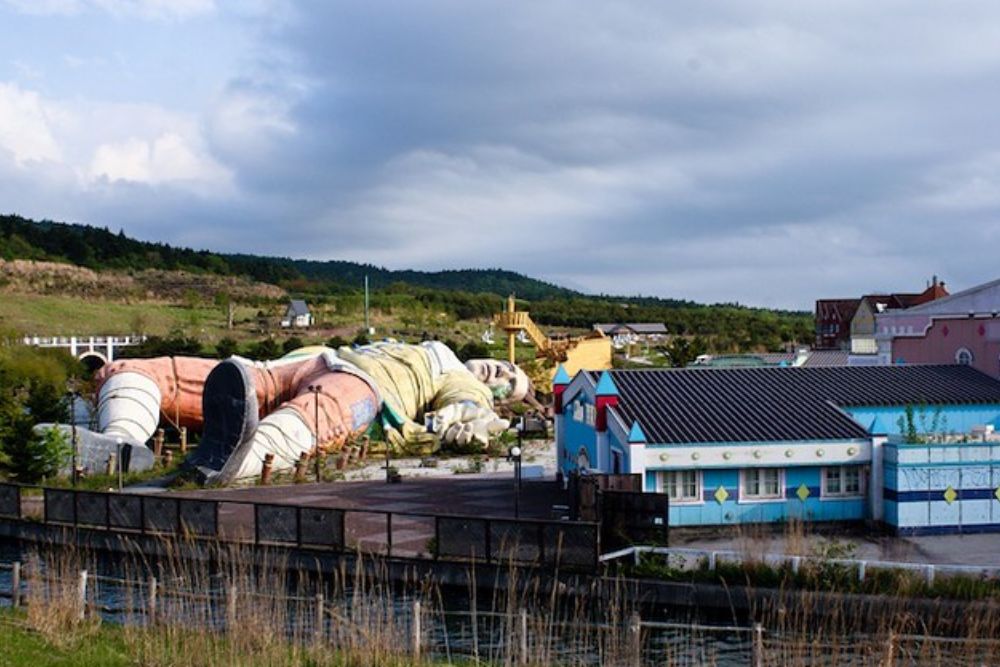
Mountain forests have reclaimed this abandoned theme park, creating a unique blend of nature and deteriorating structures. Local wildlife uses the giant Gulliver statue and other structures as shelter, while native plants create natural camouflage.
The park’s mountain location has attracted numerous species typically found at higher elevations. Natural succession continues to transform the site into wild habitat.
Like Travel Pug’s content? Follow us on MSN.
River Country, Florida
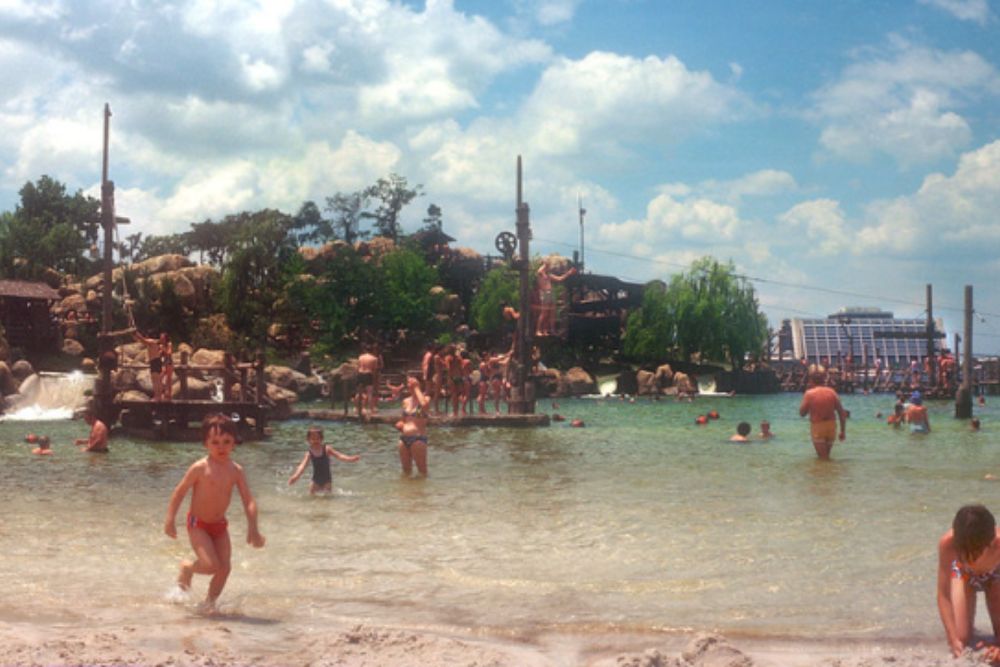
This abandoned Disney water park has evolved into a natural extension of surrounding wetland ecosystems. Former pools and water features now support native aquatic plants and animals, creating a natural wetland habitat.
Local wildlife uses abandoned structures as shelter, while vegetation creates dense cover throughout. The site demonstrates how quickly Florida’s natural systems can reclaim developed areas.
Joyland Amusement Park, Kansas
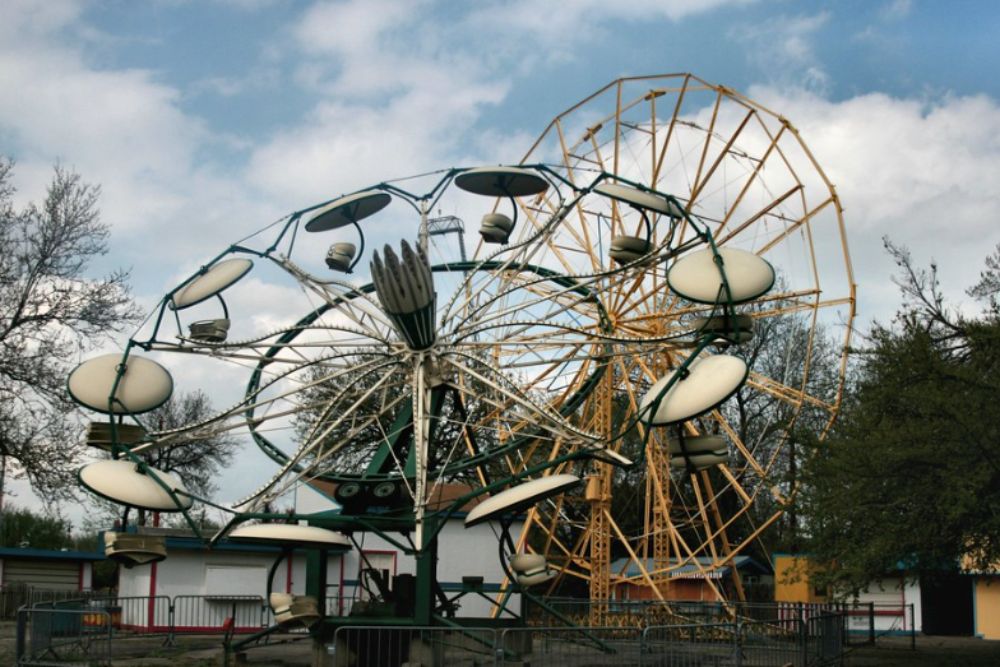
Prairie plants have transformed this abandoned park into a natural grassland habitat. Former rides provide a unique vertical structure in an otherwise flat landscape, creating important raptor perches and nesting sites.
Natural succession has created diverse prairie ecosystems throughout the property, supporting numerous grassland species. The park’s transformation shows how native prairie can reclaim urban spaces.
Williams Grove Amusement Park, Pennsylvania
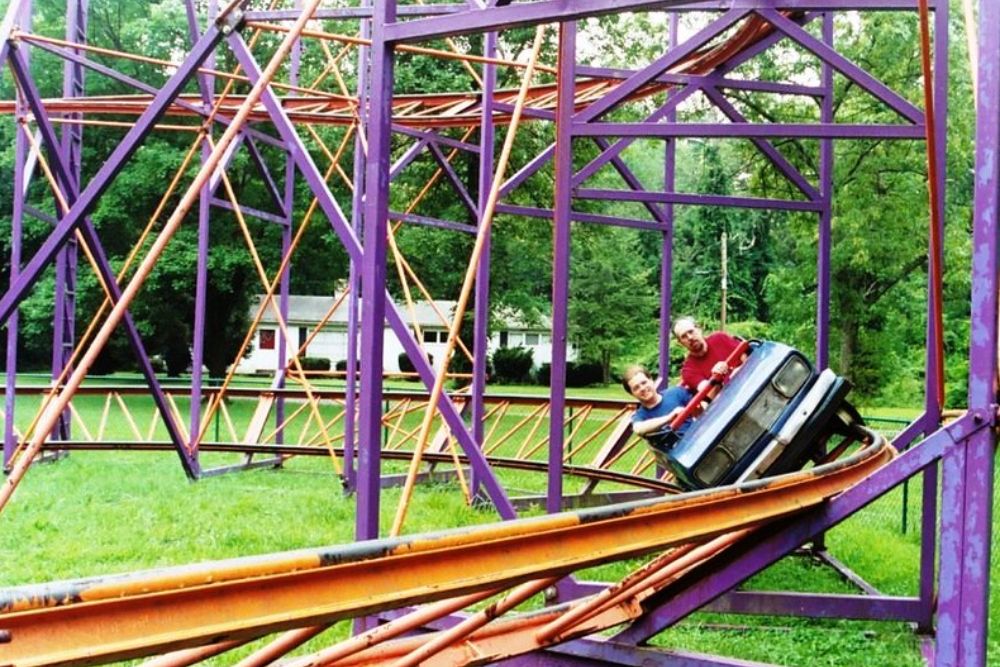
Local wetland systems have reclaimed this abandoned park, creating important habitat along creek corridors. Former structures now support climbing vines and provide shelter for numerous wildlife species.
Natural flooding patterns have created seasonal wetlands throughout the property, attracting diverse species. The park demonstrates how water systems influence natural reclamation.
Like Travel Pug’s content? Follow us on MSN.
Lake Shawnee Amusement Park, West Virginia
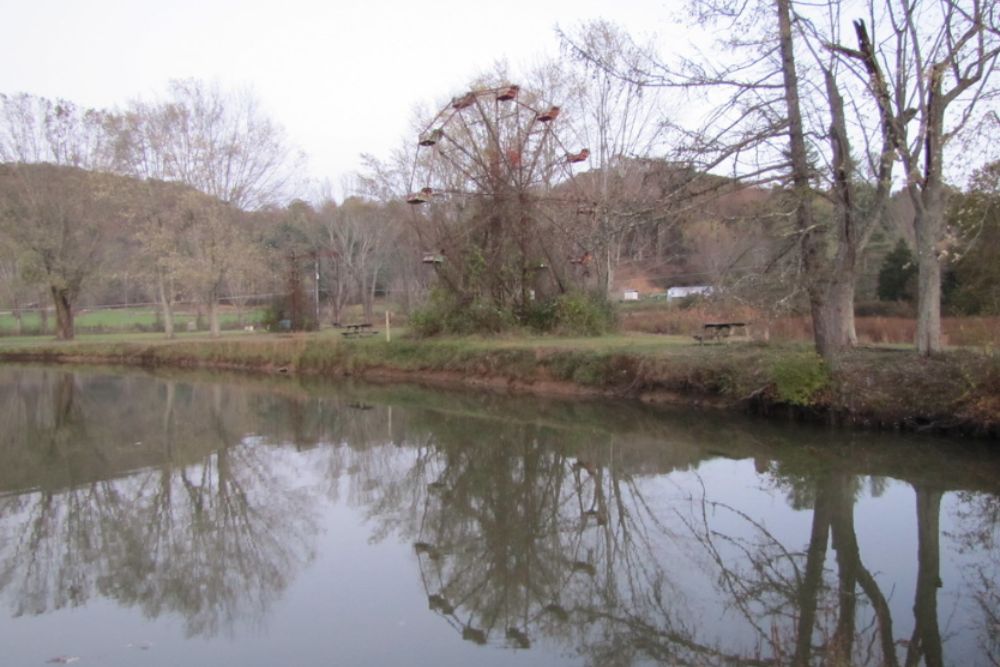
Mountain wildlife has completely reclaimed this allegedly cursed amusement park, creating a unique Appalachian ecosystem. Abandoned rides serve as artificial cliffs for local wildlife, while dense vegetation creates natural cover throughout.
The park’s location near water sources has attracted numerous species, creating a complex habitat. Natural succession continues to erase signs of human development.
Rocky Point Park, Rhode Island
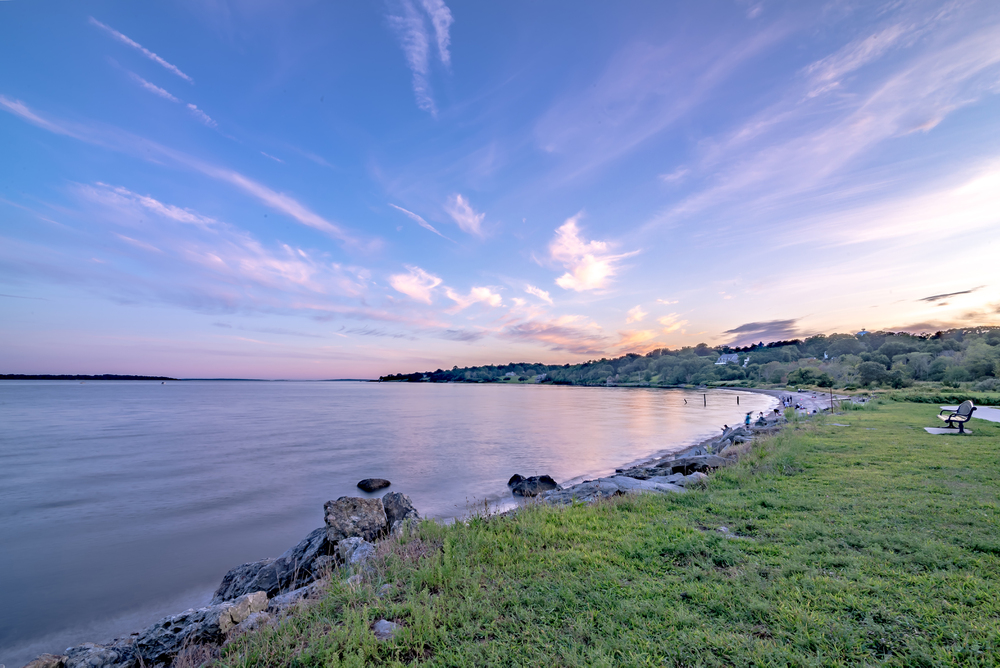
Coastal ecosystems have transformed this former seaside amusement park into an important wildlife habitat. Former structures now support numerous shorebird nesting sites, while native plants create natural dune systems.
The park’s coastal location has allowed marine influence to shape habitat development. Local wildlife uses abandoned features as shelter from coastal weather.
Dogpatch USA, Arkansas

Ozark Forest has reclaimed this abandoned theme park, creating natural wildlife corridors through the property. Former structures provide unique habitat opportunities in the dense forest environment.
Natural springs continue to influence ecosystem development throughout the site. The park demonstrates how local geology shapes natural reclamation.
Like Travel Pug’s content? Follow us on MSN.
Six Flags New Orleans

Hurricane Katrina’s aftermath transformed this abandoned park into an accidental wildlife sanctuary. Former attractions now provide structure for numerous wading bird species in what has become a natural wetland.
Native plants have created dense cover throughout the property, supporting diverse wildlife populations. The park demonstrates how natural disasters can initiate ecosystem transformation.
Hobbiton USA
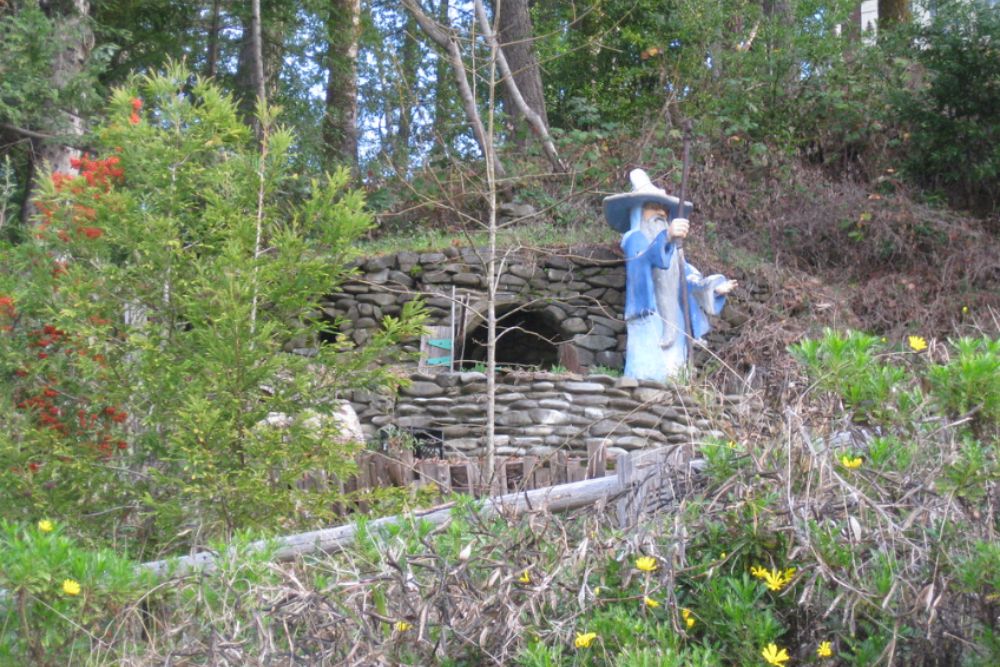
Tropical forest has completely engulfed this abandoned theme park, creating a unique wildlife habitat. Former Hobbit holes now serve as shelter for numerous species, while dense vegetation creates natural corridors throughout.
The park’s location near a natural forest has allowed rapid ecosystem development. Local wildlife uses abandoned structures in surprising ways.
Marineland of the Pacific, California

Coastal sage scrub has reclaimed this former marine park, creating an important habitat along the Pacific coast. Former structures now support numerous seabird nesting colonies, while native plants create natural coastal habitats.
The park’s dramatic location has allowed unique ecosystem development influenced by marine conditions. Local wildlife has adapted to use abandoned features in innovative ways.
Like Travel Pug’s content? Follow us on MSN.
Nature’s Playground

These abandoned parks demonstrate nature’s remarkable ability to transform human recreational spaces into wildlife sanctuaries. Their transformation from places of human entertainment to wild ecosystems offers important lessons about natural succession and wildlife adaptation.
As cities continue to evolve, these accidental wildlife havens provide valuable insights into urban rewilding and ecosystem restoration. These sites remind us that when humans step back, nature steps forward to create new forms of wilderness in unexpected places.
More from Travel Pug

- 15 Dangerous European Cities to Avoid
- 15 Caribbean Islands Where Tourists Keep Getting Scammed
- The 20 Most Fascinating Abandoned Places: A Journey Through Time and Forgotten Spaces
- 15 Hidden Places in the Smithsonian Museums Locals Love: A Guide to Lesser-Known Treasures
- 16 Hidden Florida Beach Towns That Aren’t Overrun with Tourists
Like Travel Pug’s content? Follow us on MSN.
